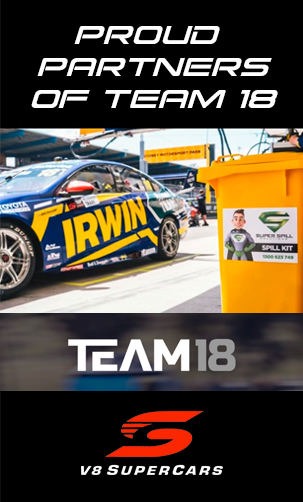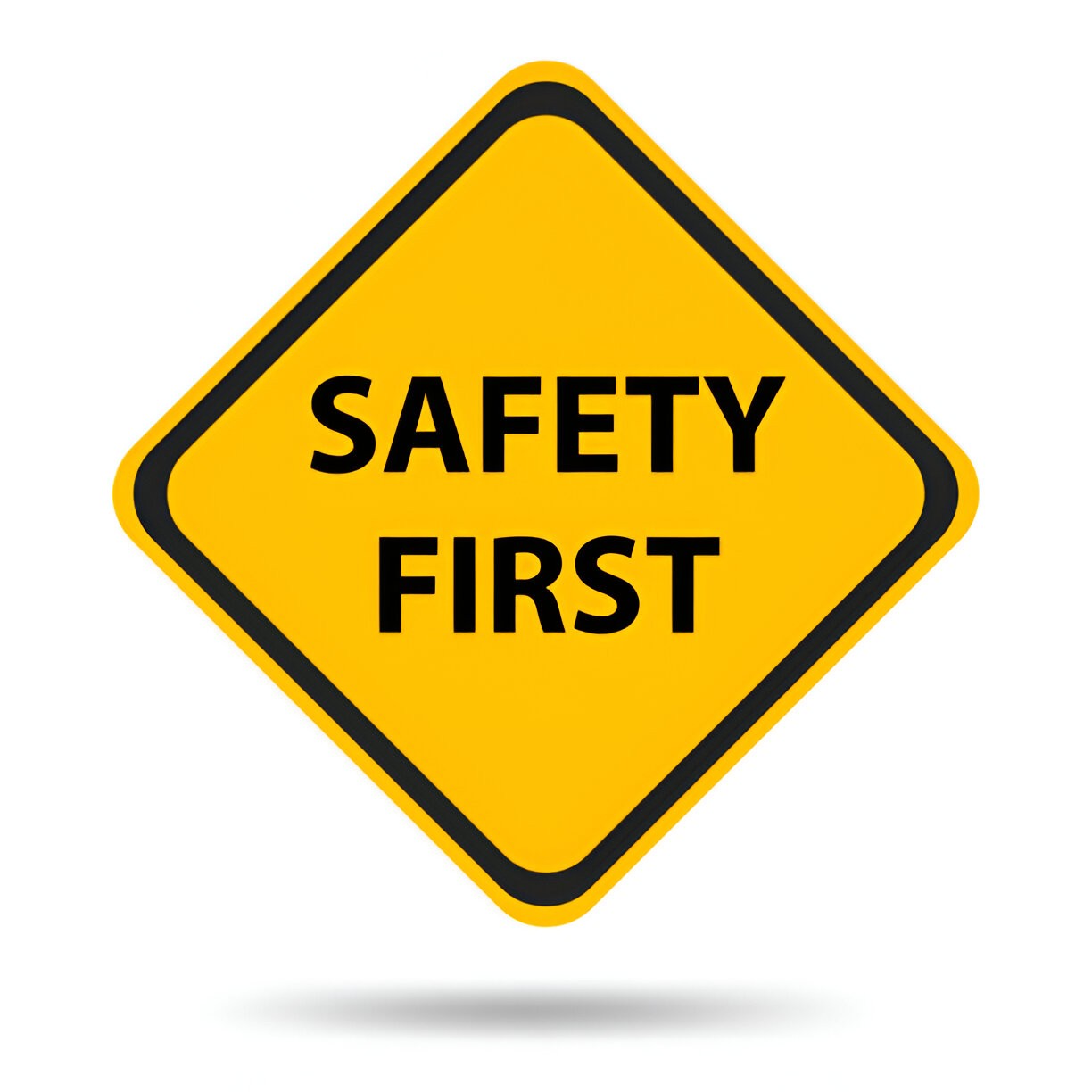At Super Spill & Safety Solutions, our mission extends beyond spill control to ensuring safety and efficiency in...
What to Look for in an Oil Spill Kit: Expert Tips and Recommendations
When managing oil spills, having the right equipment on hand is crucial. Effective spill response can make all the difference between a minor incident and a major environmental disaster. When selecting your response tools, consider factors such as the size of potential spills, the type of oil involved, and the environment in which you'll be operating. Look for kits that include absorbent materials, containment booms, disposal bags, and personal protective equipment. Consulting with industry experts can help ensure you choose a kit tailored to your specific needs, enhancing your preparedness for any spill situation.
Understanding Oil Spill Kits
Oil spill kits are designed to contain and clean up oil spills quickly and efficiently. These kits are essential for businesses and industries that handle oil, including shipping, manufacturing, and automotive services. Knowing what to look for can ensure you're well-prepared for any spill incident.
Key Components of an Effective Oil Spill Kit:
Absorbent Materials
A high-quality spill response kit should contain a variety of absorbent materials:
Absorbent Pads: Ideal for quickly soaking up oil spills on flat surfaces.
Booms: Used to encircle and contain spills in water.
Socks: Effective for blocking spills in doorways or around machinery.
A comprehensive range of absorbent materials is available to effectively manage different types of spills.
Personal Protective Equipment (PPE)
Safety should be your top priority when dealing with spills. Your response supplies should include personal protective equipment (PPE) such as:
Gloves: Nitrile gloves are recommended for protecting hands from hazardous substances.
Safety Goggles: Protect your eyes from splashes.
Aprons: Keep your clothing safe and reduce contamination.
Having the right PPE in your spill kit ensures your team can act quickly without risking their health.
Clean-Up Tools
Alongside absorbents and PPE, effective clean-up tools are essential:
Brooms and Shovels: For sweeping up absorbents after the spill has been contained.
Waste Disposal Bags: To safely dispose of contaminated materials.
Spray bottles: for applying cleaning agents to surfaces.
Instructions and Guidance
An often-overlooked component is having clear instructions for spill response. A well-documented procedure ensures that all team members know what steps to take in the event of a spill.
Step-by-step guidelines: Easy-to-follow instructions can be invaluable during an emergency.
Contact information for local authorities: Ensure that relevant local services are notified if necessary.
Size and Capacity of the Kit
When selecting your spill response supplies, consider the potential volume of oil you might be dealing with. Kits come in various sizes, from small kits for minor spills to larger kits for substantial industrial applications. The Super Spill Solution offers kits tailored to specific capacities, ensuring that your needs are met no matter your industry.
Investing in comprehensive spill response supplies is not just a legal requirement; it's also a critical part of protecting your employees and the environment. By focusing on absorbent materials, PPE, clean-up tools, and clear instructions, you can equip your team for any potential spill.
For tailored advice or to explore our range of products, contact us today. Being prepared is key to preventing minor spills from becoming major disasters.

















Leave a comment